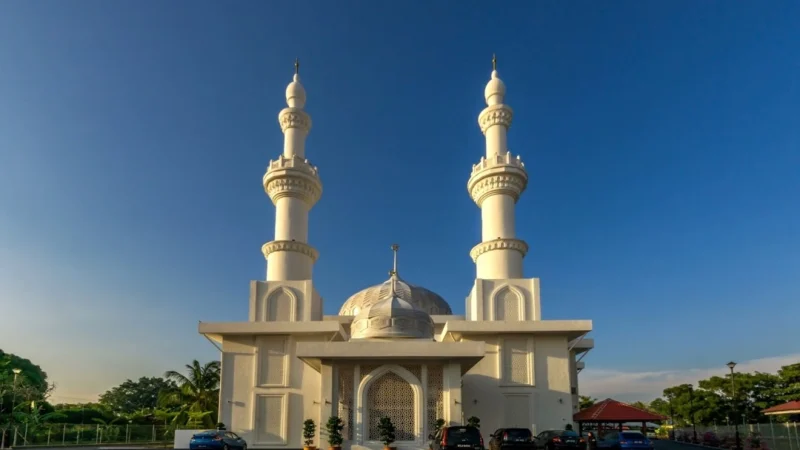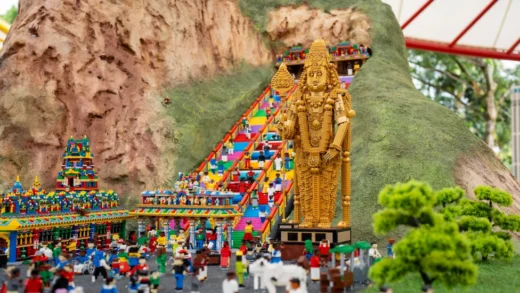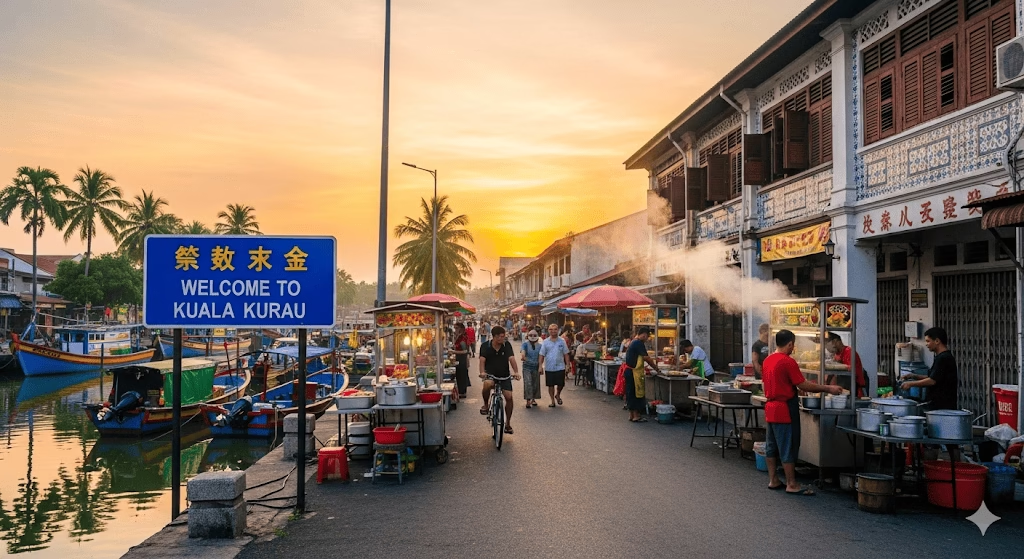Masjid Jamek Putera Masjid Tanah- A Symbol of Faith and Heritage in Malacca

Introduction
Masjid Jamek Putera in Masjid Tanah, Malacca, is one of the region’s most meaningful religious landmarks — blending faith, history, and culture. The mosque not only serves as a place of worship for the local Muslim community but also stands as a living symbol of Malaysia’s spiritual and architectural heritage. With its deep historical roots and connection to the Father of Independence, Tunku Abdul Rahman Putra Al-Haj, Masjid Jamek Putera continues to inspire reverence and unity among worshippers and visitors alike.
The Historical Origins of Masjid Jamek Putera
The origins of Masjid Jamek Putera date back to the 19th century, when the first mosque in Masjid Tanah was built beside a river near the bridge leading to Air Limau. According to local oral tradition, the mosque’s creation began with an unusual event — an anthill resembling a mosque appeared at the site.
A villager later dreamed of a man instructing him to build a mosque there. Taking this dream as divine inspiration, the village elders agreed to construct a mosque using clay, as bricks were not yet available at that time. This early structure became the spiritual heart of the village.
The village, originally known as Kampung Sungai Baru, was renamed Kampung Masjid Tanah in honor of this clay-built mosque. The area’s name has since carried the legacy of faith and unity, symbolizing the foundation of the Muslim community in this part of Malacca.
Rebuilding and Evolution Through the Centuries
Over time, as the population grew and the original mosque aged, it became necessary to rebuild.
- In 1809, the mosque was reconstructed using stone, marking a significant step toward a more permanent structure.
- By 1970, the current Masjid Jamek Putera Masjid Tanah was completed — a modern yet spiritually resonant mosque designed to serve the growing congregation and preserve the area’s religious legacy.
The name “Putera” pays homage to Tunku Abdul Rahman Putra Al-Haj, Malaysia’s first Prime Minister and Father of Independence. It reflects national pride and a sense of gratitude for his leadership in uniting the country through faith and freedom.
The site of today’s mosque was originally a paddy field owned by Hjh. Lamah bte Mat, Hjh. Mani bte Sidin, and Hjh. Amah bte Che’ Mat — whose generosity allowed the new mosque to be built for future generations.
Architecture and Design
Masjid Jamek Putera is an elegant representation of traditional Islamic architecture infused with local Malay design. The mosque features:
- A spacious main prayer hall with natural light and ventilation.
- A large central dome symbolizing the unity of Allah and the universe.
- A single minaret, serving as both a visual landmark and a functional call to prayer tower.
- Decorative Islamic motifs and calligraphy, enhancing its spiritual ambiance.
The design balances simplicity with reverence, reflecting both traditional craftsmanship and the community’s enduring devotion.
Religious and Community Role
Masjid Jamek Putera remains a central institution for the people of Masjid Tanah. Beyond the five daily prayers and Friday congregations, the mosque actively hosts:
- Religious education programs for children and adults.
- Community gatherings and lectures to strengthen faith and unity.
- Festive celebrations during Ramadan, Hari Raya Aidilfitri, and Aidiladha.
As one of Malacca’s key mosques, it continues to uphold Islamic values while serving as a hub for social and spiritual growth.
Visiting Masjid Jamek Putera, Masjid Tanah
Address
Masjid Jamek Putera Masjid Tanah,
Jalan Besar, Masjid Tanah,
Malacca, Malaysia
Opening Hours
Open daily for prayers and visitors.
Visitors should dress modestly and observe respectful conduct during prayer times.
Facilities
- Prayer halls for men and women
- Ablution (wudu’) areas
- Parking space
- Religious learning facilities
Getting There
Masjid Jamek Putera is located approximately 40 minutes from Malacca City.
Visitors can drive via the North-South Expressway (PLUS) and take the Masjid Tanah exit. Public buses and taxis are also available from nearby towns such as Alor Gajah and Kuala Sungai Baru.
Nearby Attractions
When visiting Masjid Jamek Putera, visitors can explore nearby attractions in Masjid Tanah, including:
- Masjid Tanah Town Centre – Local shops, eateries, and markets.
- Tanjung Bidara Beach – A scenic coastal retreat for families.
- Alor Gajah Museum – A glimpse into Malacca’s rich cultural past.
FAQs About Masjid Jamek Putera, Masjid Tanah
Q1: What makes Masjid Jamek Putera unique?
Masjid Jamek Putera is historically significant for being inspired by a villager’s divine dream and for being the namesake of Masjid Tanah. Its evolution from a clay mosque to a modern structure represents centuries of faith and community strength.
Q2: Why is it named after Tunku Abdul Rahman Putra Al-Haj?
The mosque was renamed to honor Malaysia’s Father of Independence, symbolizing national unity and gratitude for his leadership.
Q3: Can non-Muslims visit Masjid Jamek Putera?
Yes, respectful visitors are welcome. Non-Muslims should avoid visiting during prayer times and are encouraged to dress modestly.
Q4: When was the current mosque completed?
The modern structure was completed in 1970, following earlier versions built in clay and stone.
Q5: Is the mosque active today?
Yes, Masjid Jamek Putera remains an active center for worship, education, and community activities in Masjid Tanah.
Conclusion
Masjid Jamek Putera, Masjid Tanah, is more than just a mosque — it is a living legacy of faith, community, and national pride. From its humble beginnings as a clay-built structure inspired by a dream to its modern-day form honoring Tunku Abdul Rahman Putra Al-Haj, this mosque stands as a proud emblem of Malacca’s Islamic heritage. Whether you visit to pray, learn, or simply appreciate its history, Masjid Jamek Putera continues to embody the enduring spirit of devotion and unity that defines the heart of Malaysia.















Comments are closed.